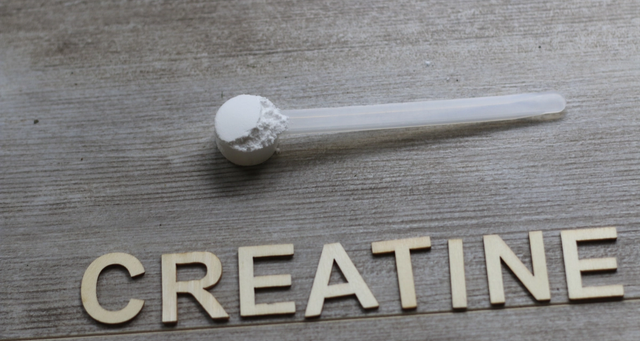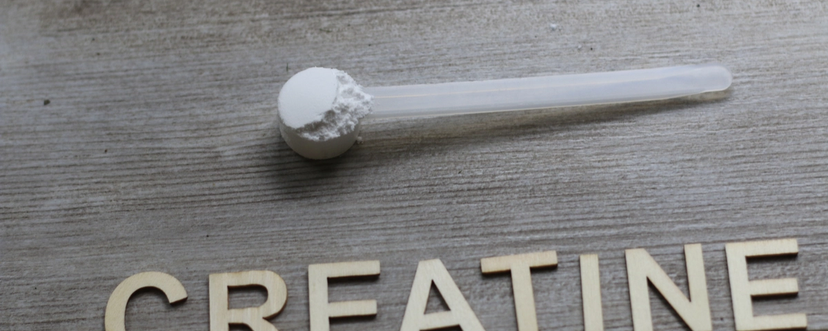Let’s face it—getting to the gym isn’t always an option.
But that doesn’t mean you have to miss out on the benefits of cardio and aerobics fitness. At-home cardio exercise is not only convenient, but they can be just as effective as their gym counterparts. Plus, you can do them all in the comfort of your own home: no queuing for the treadmill, no running out of fresh water, and no need to shower in those gross changing rooms!
And here’s the kicker—you don’t need fancy equipment or tons of space to get your heart rate up. With the right cardio exercises and a bit of determination, your living room can become your personal workout studio.
Let’s dive into the best at-home cardio workouts that will have you moving, sweating, and feeling unstoppable.
Why Cardio Exercise at Home Works

The American Heart Association recommends that you get a minimum of 150 minutes per week of moderate-intensity aerobic activity or 75 minutes of vigorous aerobic activity. If you’re thinking, “Can I really get a good cardio workout at home?" the answer is a resounding yes. Cardio isn’t about fancy machines or miles logged on a treadmill. It’s about getting your heart rate up, challenging your muscles, and keeping your body moving.
At-home cardio exercise is effective because they’re flexible, adaptable, and designed to fit into your life. Whether you have 10 minutes or an hour, these workouts can meet you right where you are at. Plus, they’re easy to customize based on your fitness level, making them accessible for beginners and seasoned athletes alike.
The best part? At-home cardio often incorporates dynamic, full-body movements that target multiple muscle groups at once. This means you’re not just burning calories—you’re building strength, improving mobility, and boosting your energy levels all in one go. Even if you only hit the minimum recommended, your cardiovascular system will thank you, reducing cardiovascular disease mortality by 22% to 31%, according to the American Medical Association.
Best Cardio Exercises for Every Fitness Level

You don’t need a gym membership to crush your cardio goals. These are some of the best at-home cardio exercises to add to your fitness regimen to get your heart racing and your body moving, no matter where you’re starting from.
1. Jump Rope (or No Rope Needed)
Jumping rope isn’t just for kids—it’s an incredibly effective moderate-intensity aerobic exercise. Jumping rope burns calories, improves coordination, and strengthens your calves, quads, hamstrings, and core. If you have a jump rope, hold the handles with your hands at hip height, elbows slightly bent. Rotate your wrists to swing the rope over your head and hop over it with both feet as it passes your feet. If you don't have a rope, mimic the motion by hopping with your feet together and circling your arms as if you're turning the rope.
- Beginners: Start with 30 seconds of jumping, followed by 30 seconds of rest. Repeat 5-10 times.
- Advanced: Increase the duration of your jumping intervals, add double-unders (passing the rope under your feet twice with each jump), or alternate between jumping with your knees bent and regular jumps.
2. Burpees
Love them or hate them, burpees are a popular body weight cardio classic for a reason. This challenging exercise combines a squat, push-up, and jump into one dynamic movement, working your entire body, including your chest, shoulders, triceps, core, and legs. Start standing with your feet shoulder-width apart. Squat down and place your hands on the floor in front of you. Kick your feet back into a plank position. Do a push-up (optional for beginners). Jump your feet back to your hands. Stand up and jump explosively with your knees bent and your arms overhead.
- Beginners: Skip the push-up at the bottom or step back into a plank instead of jumping.
- Advanced: Increase your speed and repetitions, or add a tuck jump at the top for an explosive challenge.
3. Mountain Climbers
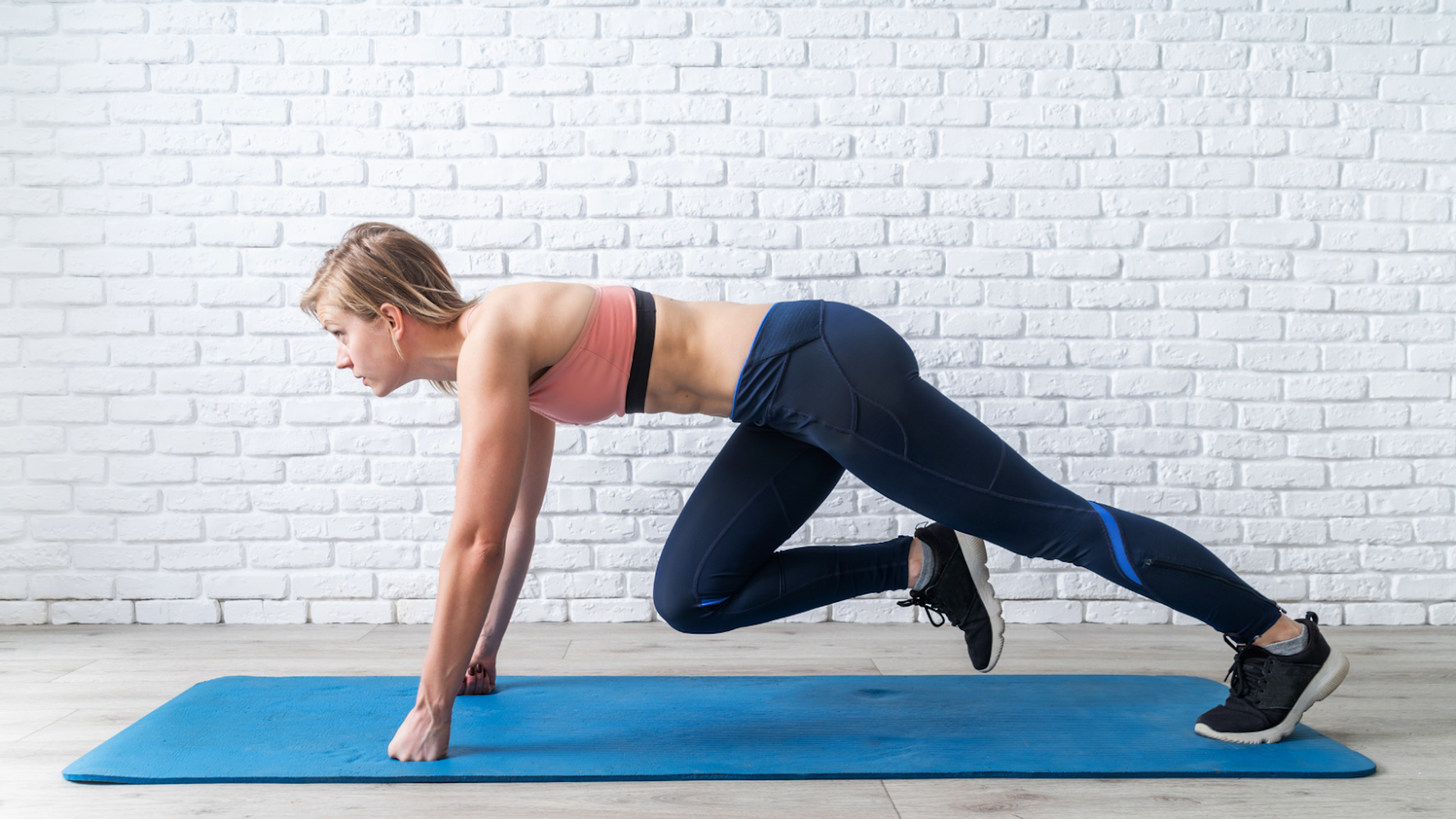
Mountain climbers simulate running in a plank position, providing a great cardio workout while engaging your core, shoulders, and legs. Start in a plank position with your hands shoulder-width apart and your body in a straight line from head to heels. Engage your core muscles, bring one knee towards your chest, then quickly alternate legs, as if you're running in place.
- Beginners: Start slowly, focusing on proper form and keeping your core engaged.
- Advanced: Increase your speed and try variations like crossing your knees to the opposite elbow to further challenge your core stability.
4. Dancing
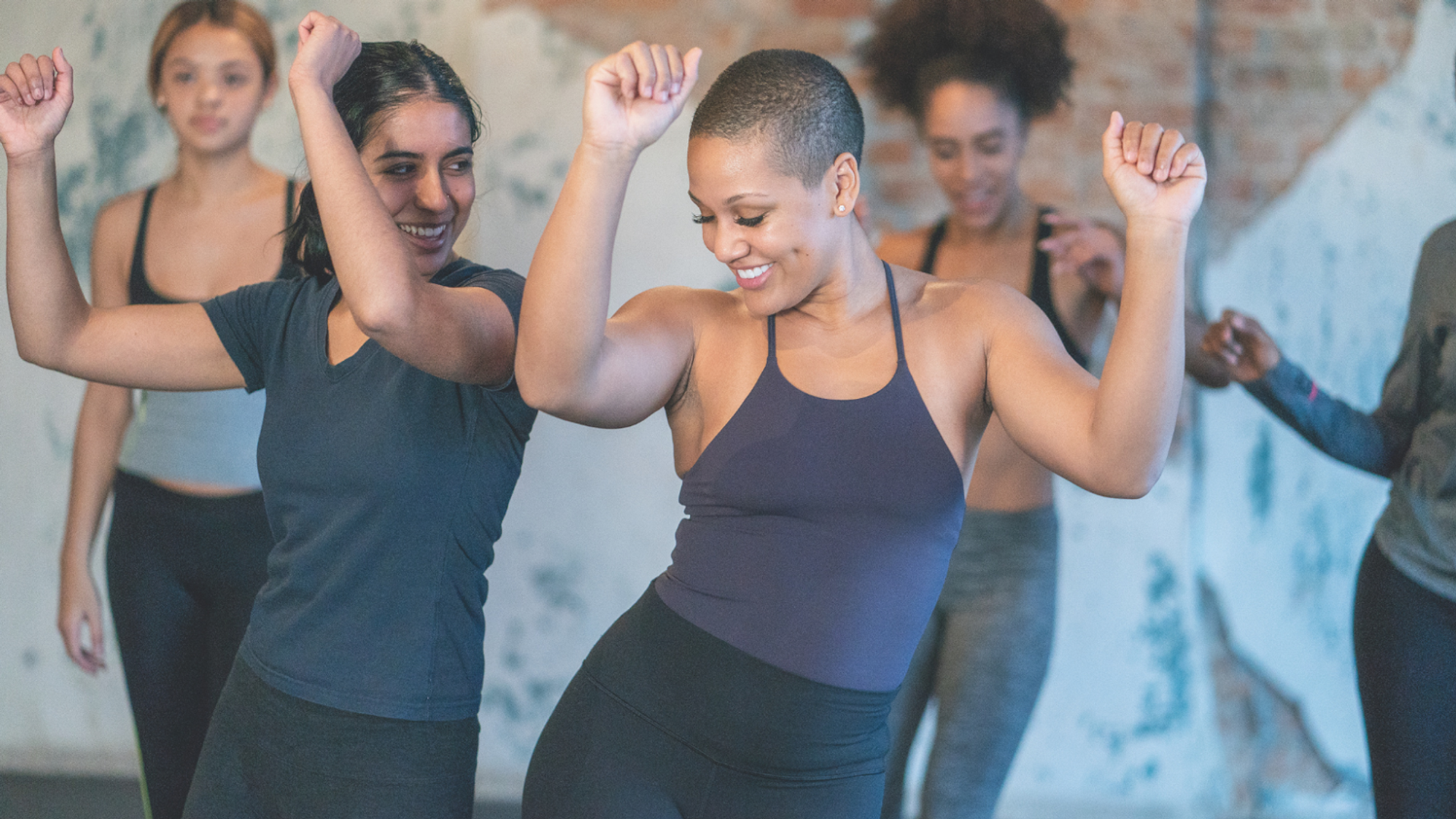
Who says cardio has to be boring? Put on your favorite playlist and dance like nobody’s watching (because, well, nobody is). Dancing is a fun, low-pressure way to get moving and burn calories while letting loose. There are no rules! Move your body however you like to the rhythm of the music. You can freestyle, follow along with dance videos, or learn a specific dance style—it all counts as cardiovascular exercise.
- Beginners: Start by freestyling or following along with simple dance routines.
- Advanced: Challenge yourself with choreographed workouts from platforms like YouTube or learn a specific dance style like Zumba or hip hop.
5. High Knees
This move is as simple as it sounds. Jog in place while bringing your knees up as high as you can. High knees are a great form of cardiovascular exercise because they’re easy to modify and require zero equipment. Stand with your feet hip-width apart. Begin jogging in place, alternating between your right leg and left left, lifting your knees as high as you can towards your chest with each step. Pump your arms for momentum and balance while keeping your core tight.
- Beginners: Maintain a moderate pace and focus on lifting your knees high.
- Advanced: Increase your speed and pump your arms vigorously for a full-body workout.
6. Tabata Training
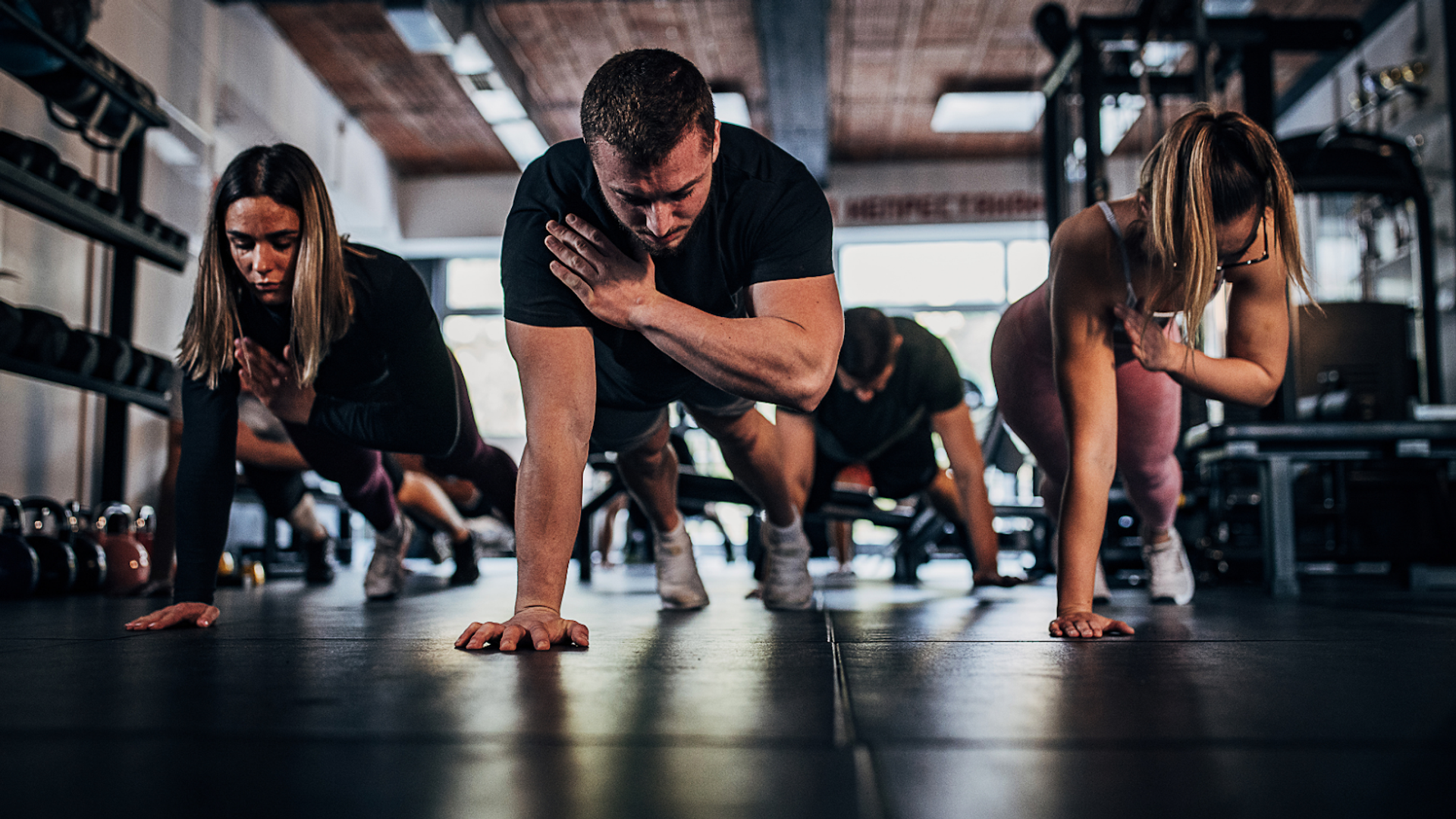
Tabata is a form of HIIT (High-Intensity Interval Training) that alternates between 20 seconds of maximum effort and 10 seconds of rest. It’s perfect for short, intense workouts that deliver results. Choose a few intense cardio exercises (e.g., jumping jacks, squat jumps, push-ups). Perform each aerobic exercise for 20 seconds at maximum intensity, followed by 10 seconds of rest. Repeat the cycle for 4-8 rounds.
7. Stair Workouts
If you have stairs at home, you’ve got basically got a built-in cardio routine machine. Walking or running up and down stairs is a great way to improve cardiovascular fitness and lower body strength. Start by walking up and down the stairs at a steady pace. Maintain good posture and be mindful of the placement of your right foot and left foot.
- Beginners: Walk up at a steady pace and then back down to the starting position.
- Advanced: Increase your speed, try running up the stairs, or incorporate exercises like incline push-ups or tricep dips using the stairs.
8. Shadow Boxing

Channel your inner fighter with some shadow boxing. Throw punches, mix in some jabs, and move your feet to get your blood pumping. This workout is a fantastic form of cardio training and a way to build endurance and release stress. Stand with your feet hip-width apart, knees slightly bent, and fists up to guard your face. Throw punches in the air, alternating between jabs (straight punches), crosses (across your body), hooks (curved punches), and uppercuts (upward punches). Move your left foot and right foot and incorporate head movement for a more dynamic workout.
- Beginners: Practice basic punches like jabs, crosses, and hooks at a comfortable pace.
- Advanced: Increase your speed and intensity, add footwork like shuffling and pivoting on your left foot and right foot, and incorporate defensive moves like ducking and weaving.
9. Jumping Jacks
A classic move that’s simple, effective, and perfect for all fitness levels. Jumping jacks are a go-to cardio move because they’re easy to do anywhere. Stand with your feet together and you right and left arm at your sides. Jump while spreading your legs and raising your arms overhead. Jump again, returning to the starting position.
- Beginners: If you find jumping jacks challenging, start with step jacks, stepping one foot out at a time instead of jumping.
- Advanced: Increase your speed, add a squat between each jump, or try variations like seal jacks (clapping your hands in front of you) or cross jacks (crossing your arms in front of you).
10. Bodyweight Circuits
Combine several bodyweight exercises into a circuit for a full-body cardio and strength training workout. Choose a variety of bodyweight exercises that work different muscle groups (e.g., jump squats, lunges, push-ups, mountain climbers, planks). Perform each exercise for a set amount of time (e.g., 30 seconds) with minimal rest between exercises. Repeat the circuit 3-4 times.
How to Make Your At-Home Cardio Workouts Even Better

The best at-home cardio workout isn't going to be the same every day. With a few tweaks, you can keep things fresh and challenging.
Incorporate Intervals
Adding short bursts of high intensity to your workout is a fantastic way to boost calorie burn, improve your cardiovascular fitness, and prevent boredom. This technique, known as High-Intensity Interval Training (HIIT), involves alternating between periods of intense effort and periods of recovery. For example, you could sprint in place for 30 seconds, followed by 60 seconds of walking, or incorporate power squats or burpees into your routine. HIIT workouts are highly efficient and can be adapted to any fitness level.
Use Household Items
No equipment? No problem. Get creative and use everyday household items to add variety and challenge to your routine. A sturdy chair can be used for step-ups, improving your leg strength and cardiovascular endurance. Towels can be placed under your feet on a smooth surface to create "sliders" for lunges and mountain climbers, engaging your core and improving stability. Filled water bottles can serve as light weights for exercises like bicep curls or overhead presses, adding an upper body component to your cardio workout.
Track Your Progress
Monitoring your progress can be a powerful motivator and help you stay on track with your fitness goals. Utilize apps and fitness trackers to measure your heart rate, track calories burned, and see your endurance improve over time. Many apps also offer features like personalized workout plans, virtual challenges, and social connections to keep you engaged and motivated. Seeing your progress can give you a sense of accomplishment and encourage you to push yourself further.
Join Guided Sessions
If you struggle with motivation or need guidance on proper form and technique, consider joining guided sessions. Platforms like YouTube offer a vast library of free workout videos led by certified fitness instructors. Fitness apps often provide structured workout programs with video demonstrations and progress tracking. For a more personalized experience, explore mobile personal trainers, who can provide customized workout plans, real-time feedback, and support to help you achieve your fitness goals. Services like Svetness allow you to choose the perfect certified personal trainer for you, who can guide you through effective and engaging in cardio exercise from the comfort of your own home.
Why Cardio at Home is a No-Brainer
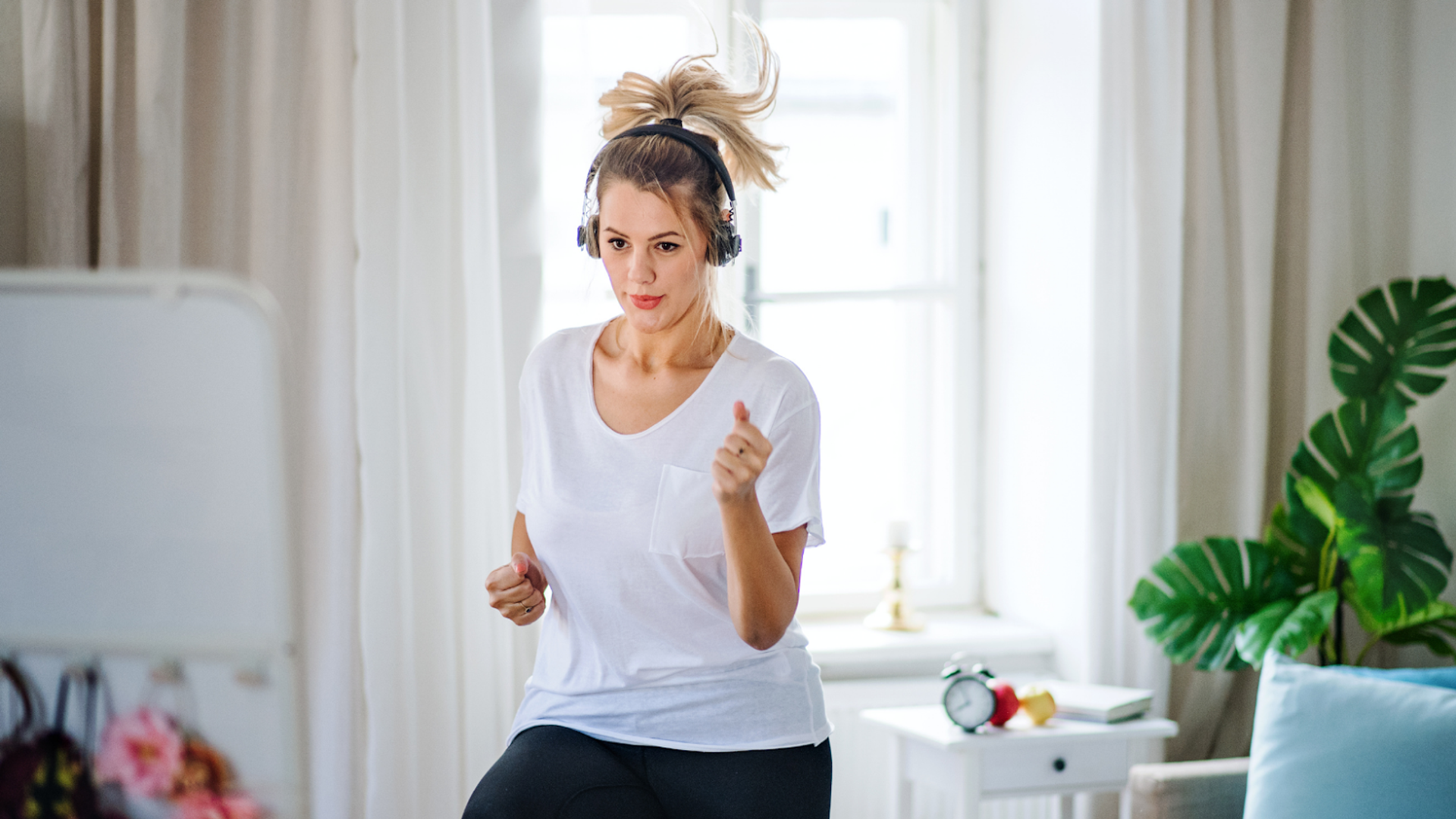
At-home cardio workouts prove you don’t need a fancy gym setup to get your heart pumping. With minimal equipment and maximum creativity, you can get in shape, stay consistent, and feel great—all without leaving your living room.
The key to success is finding what works for you. Whether it’s shadow boxing, stair sprints, or a good old-fashioned dance party, the best cardio workouts at home are the ones that keep you moving and having fun.
So, roll out a mat, clear a little space, and get ready to sweat. Your heart will thank you, your energy levels will skyrocket, and your fitness goals will feel closer than ever.
Frequently Asked Questions
What is the best home cardio workout?
The "best" workout depends on your preferences and goals! But highly effective options include HIIT (like Tabata training), jumping jacks, burpees, and dancing. These can be easily modified for different fitness levels.
Which cardio burns the most fat?
High-impact cardio exercise like burpees, jumping rope, and squat jumps tend to burn more calories due to their intensity. However, the most important factor is consistency and finding activities you enjoy.
How much cardio should you do? Is 30 minutes of cardio exercise enough for a workout?
The American Heart Association recommends at least 150 minutes of moderate-intensity cardio or 75 minutes of vigorous-intensity cardio weekly. A 30-minute session is sufficient, especially if it's consistent and includes some intensity.
Can I do cardio without a gym?
Absolutely! Bodyweight exercises like running, jumping rope, or dance workouts are great options for cardio at home or outdoors. You don’t need any equipment—just some space and motivation.
How do you maintain a proper lunge position?
For a proper lunge position, step your right leg forward, keep your back straight, and lower your body until both knees form 90-degree angles, ensuring your front knee doesn’t go past your toes. Next repeat with the left leg.
Start your Svetness journey today
Get a free consultation and see how our trainers can transform your wellness journey.

